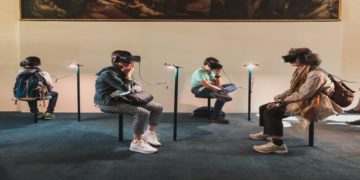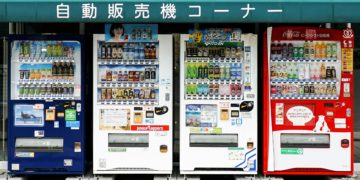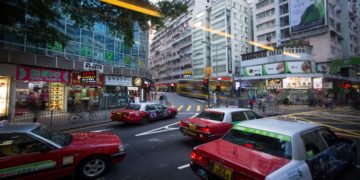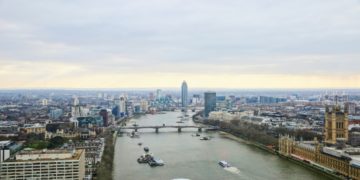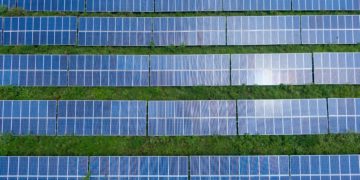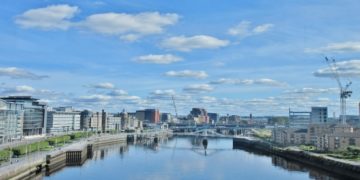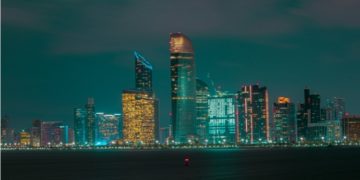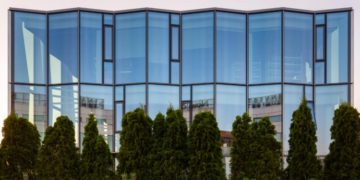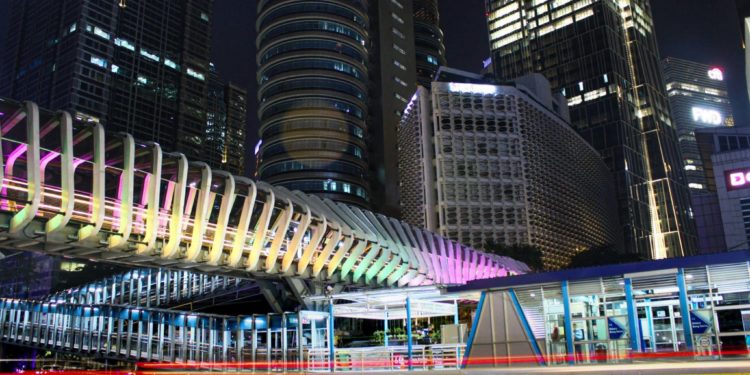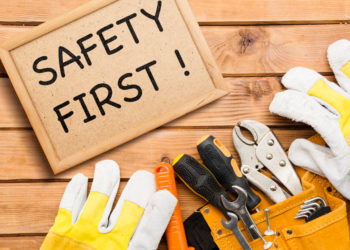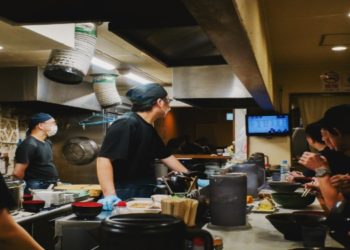The urban night is synonymous with dazzling lights, bustling streets, and the hum of nonstop activity. For many, cities are alive after dark—restaurants clink with laughter, neon lights flash from billboards, and public transit carries late-night commuters home. However, when an unexpected power outage plunges entire blocks into darkness, nightlife comes to an abrupt pause. The sudden silence is startling. No ambient glow, no electronic music from bars, and roads emptied of their luminous trails. It begs the question: How do cities adapt in the face of widespread power cuts that threaten to dismantle the rhythms of nightlife?
Instant Chaos and Digital Tools
The immediate aftermath of a blackout is often nothing short of chaos. Streets once lit by headlights and shop boards turn into patches of inky shadows. Businesses are forced to shutter early, and nightlife hotspots—bars, clubs, theaters—face instant closure. As residents check their phones hoping for updates, digital tools become the first line of resourcefulness. It’s here that a power cut checker becomes indispensable. These real-time online services allow users to report outages, check affected zones, and even predict the expected duration, mitigating uncertainty. Many city dwellers quickly adapt by relying on such apps before venturing out, saving themselves from being stranded in a powerless cityscape.
Community in the Darkness
Despite the shock and inconvenience, cities around the world have become adept at handling these nighttime disruptions. In many places, power outages paradoxically foster community spirit. Neighbors gather outside with flashlights or candles, sharing updates and even pooling resources like portable chargers and food. This impromptu socializing can turn streets into vibrant assembly points, with people making the best of a powerless situation. The lack of digital distractions often leads to genuine human interaction—a rare phenomenon in hyperconnected cities.
Moreover, restaurants and food vendors determined not to lose business adapt by moving operations to outdoor spaces, trading electric stoves for gas, and lantern-lit seating for ambiance. The result is an almost festival-like atmosphere where, despite setbacks, residents embrace the novelty of candlelit meals and impromptu street music.
Emergency Services and Urban Resilience
Adaptation operates on multiple levels. Emergency services, for instance, act swiftly to ensure public safety. Traffic police redirect vehicles at non-functioning signals, and ambulance services stay on high alert, prepared to assist those most vulnerable. Many cities have invested in backup power systems for critical infrastructure. Hospitals and fire stations seamlessly transition to generators, avoiding further crises. These responses are increasingly coordinated through citywide outage alert systems that communicate situational updates across departments.
City governments, learning from previous blackouts, often deploy mobile light towers at major intersections and assemble maintenance crews who work overnight to restore power. Communication is key: before and during outages, officials urge citizens to conserve battery life and stock up on essentials—lessons often communicated through local news outlets and social media.
Businesses and Innovation
Businesses hardest hit by night-time power cuts are those whose livelihoods depend on the after-dark economy—restaurants, bars, cinemas, and night markets. Some have started prepping contingency plans, such as keeping battery-powered point-of-sale systems and flashlights handy. Larger establishments invest in solar panels or rooftop generators, but in dense cityscapes, not every business can afford such upgrades.
Still, necessity breeds innovation. Forward-thinking enterprises have started collaborating with tech startups and city councils to develop smarter, more resilient microgrids that protect nightlife zones from widespread outages. These grids operate independently, switching seamlessly to backup power to keep selected streets lit and active even as surrounding neighborhoods are darkened.
Social Shifts and Urban Planning
Frequent power cuts have also sparked broader social changes, particularly in how people approach nighttime activities. In some cities, event organizers and residents now keep “power outage kits” at home—filled with candles, board games, extra snacks, and power banks—transforming blackouts from disruptions into opportunities for offline fun. Plans are often crafted with a level of redundancy, such as confirming whether venues have backup power or relocating gatherings to more resilient areas.
Urban planners have taken note of these challenges—transforming them into opportunities to build smarter, more energy-resilient cities. New developments increasingly include requirements for renewable energy sources, battery storage, and more robust grid management tools. In dense urban neighborhoods, local governments are retrofitting public spaces with solar-powered lamps to cut down on reliance on the main grid and ensure some lights stay on even during blackouts.
Looking Forward
While power cuts undeniably disrupt city nightlife, they also reveal surprising adaptability and innovation. Each blackout is both a test and a lesson—highlighting vulnerabilities but also sparking creative solutions and resilient community responses. From crowdsourcing outage information via power cut checker apps to reimagining candlelit dinners and music jams on darkened sidewalks, urban communities and businesses continue to turn inconvenience into opportunity.
Ultimately, while a city plunged into darkness is unsettling, the stories of adaptation are a testament to urban resilience. As technology evolves and cities invest in smarter infrastructure, blackouts may become less common. Yet even in their absence, the memory of “nightlife on pause” will continue to shape how we connect, celebrate, and come together when the lights go out.






